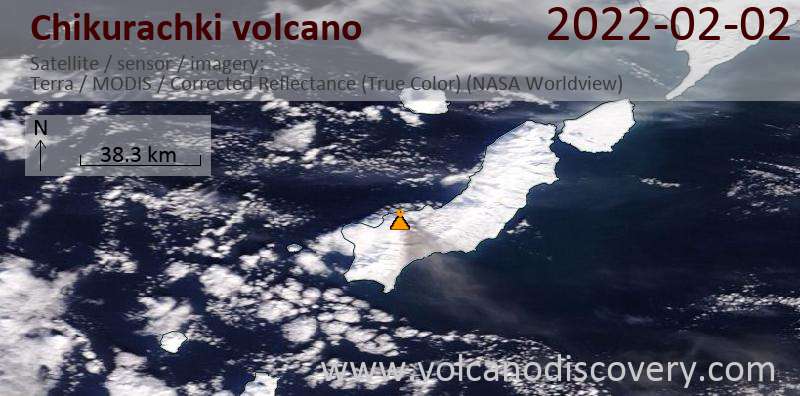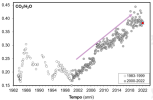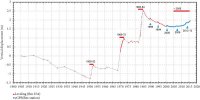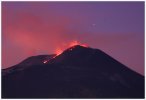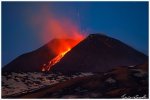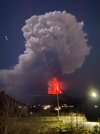Increased Uplift Detected at Three Sisters Volcano in Oregon.. Monday 1/31/2022
https://www.usgs.gov/programs/VHP/vol... INFORMATION STATEMENT CVO Three Sisters GREEN/NORMAL Monday, January 31, 2022, 12:45 PM PST (Monday, January 31, 2022, 20:45 UTC) USGS scientists have detected an increase in the rate of uplift of the ground surface in the Three Sisters volcanic region of the central Oregon Cascade Range. The volcanoes’ status remains normal/green, and there is no sign of an imminent eruption. Episodes of increased uplift have been observed in this area before and are attributed to small pulses of magma moving deep into the volcanic region. Satellite radar images detected an increased rate of uplift of a 12-mile (20-km) diameter area centered about 3 miles (5 km) west of South Sister volcano. The data indicate uplift of up to 0.9 inches (2.2 cm) between June 2020 and August 2021. GPS data from a nearby continuously recording station show that the deformation has continued to the present. Additionally, seismologists observed brief bursts of small earthquakes in October 2021, December 2021, and January 2022. Most of these shallow earthquakes are too small to locate; those located are inside the uplifted area. The specific cause of the uplift is uncertain. Because the Three Sisters region is a volcanic area (the most recent eruption was about 2,000 years ago near South Sister), the uplift may reflect a small amount of magma emplaced at around 4 miles (7 km) deep. The idea of repeated intrusions at Three Sisters is supported by a USGS study in 1990 that found evidence that heat and gases from magma had influenced water temperature and chemistry of springs located in the uplifted area. This research was published before satellite volcano monitoring began and well before the current uplift episode. In that context, we view periods of increased uplift like the current one as a continuation of episodic, deep magmatic intrusions that have likely been occurring for centuries or millennia in the Three Sisters area. While any magmatic intrusion could eventually lead to a volcanic eruption, an eruption would likely be preceded by detectable and more vigorous earthquakes, ground movement (deformation), and geochemical changes. In general, as magma moves upward during an intrusion, it causes continued or accelerated uplift, fractures rock to generate swarms of earthquakes, and releases significant amounts of volcanic gases, such as carbon dioxide. We do not detect any of these signs currently. Scientists at Cascades Volcano Observatory (CVO) and the Pacific Northwest Seismic Network (PNSN) will closely monitor data in the coming months and issue further updates as warranted. Current World Earthquake Map https://earthquake.usgs.gov/earthquak..

Volcano Watch: Oregon geologists keep close eye on ground movement in Three Sisters volcanic region - YakTriNews.com
Three Sisters annotated photograph viewed from south to north from Broken Top, Oregon. -USGS THREE SISTERS, Oregon– The Northwest is known for its beautiful landscapes and incredible mountain ranges. The movement of the ground underneath one volcanic region in particular has peaked the interest...
Taal Volcano Eruption Update; New Eruption Begins, 9 Explosions Occur
Jan 31, 2022 GeologyHub
The Taal Volcano started a new eruption on January 29th, 2022. During a timespan of 24 hours, the crater lake of Taal produced 9 explosions, which occurred alongside small pyroclastic flows. These explosions ejected small amounts of lava, but primarily involved water vapor. The ongoing eruption is not over, and a much larger series of explosions could occur. As a result, warning about residents staying away from the Taal Lake for extended periods of time have been issued. This video will cover what might happen next and state the series of events which led to this explosive eruption. This video was made by a geologist who is based in Arizona.

